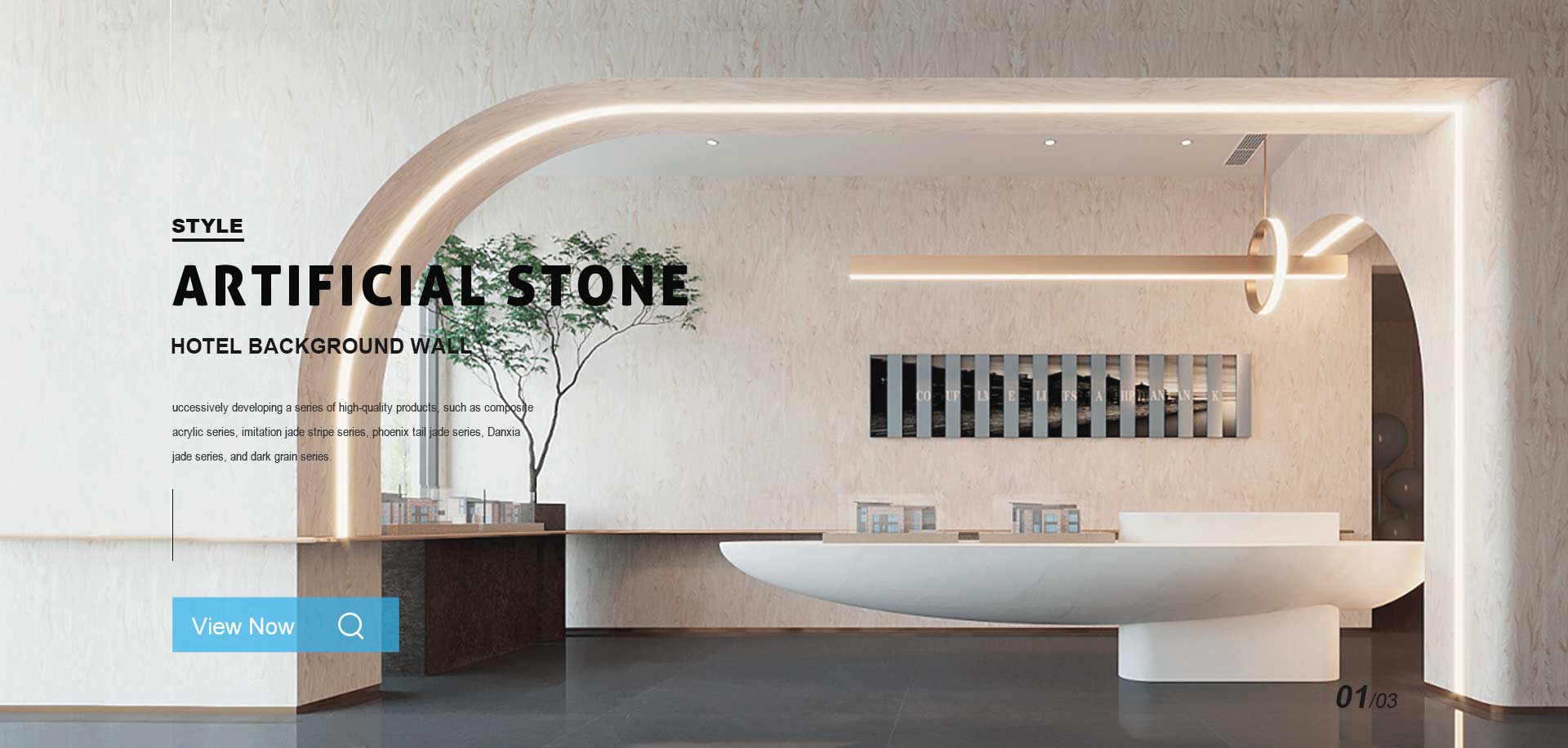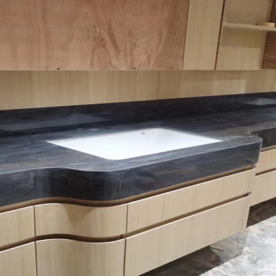
A synthetic marble sink is a high-performance bathroom or kitchen fixture crafted from engineered stone composites. These sinks blend crushed natural marble (typically 70-90% by weight) with polymer resins (usually 10-30% polyester or acrylic) under vacuum vibration compaction. The resulting material achieves a density of 2.4-2.7 g/cm³, closely matching natural stone while offering enhanced technical properties. Modern manufacturing techniques like Bretonstone processing create Non-Porous Surfaces with water absorption rates below 0.1%, significantly outperforming natural marble's typical 0.5-1% absorption.

Surface Hardness: Rates 3-4 on the Mohs scale, comparable to natural marble but with improved impact resistance (withstanding up to 150 Joules of impact energy)
Thermal Stability: Maintains structural integrity between -30°C to 150°C, with a coefficient of thermal expansion of 8-12 x 10^-6/°C
Chemical Resistance: Demonstrates pH stability between 3-11, resisting common household acids and alkalis better than natural stone
Hygienic Properties: The non-porous surface (<0.02% porosity) inhibits bacterial growth, achieving >99% reduction in E.coli and Staphylococcus aureus within 24 hours
Color Consistency: Maintains ΔE<2 color variation under accelerated UV testing equivalent to 10 years of sunlight exposure
Synthetic Marble Sinks serve diverse applications across residential and commercial spaces:
Luxury Residential Bathrooms: The material's ability to be molded into seamless integrated vanity tops (up to 3m continuous lengths) makes it ideal for master suites
Healthcare Facilities: Its antimicrobial properties meet ISO 22196 standards for hygienic surfaces in hospitals and clinics
High-Traffic Commercial Spaces: Withstands 500,000+ cleaning cycles in hotel lobbies and restaurant washrooms
Outdoor Kitchens: UV-stable formulations maintain appearance in temperatures ranging from -40°C to 80°C
Accessible Design: Can be thermoformed into ADA-compliant shapes with integrated grab bars and wheelchair-accessible profiles
Proper care ensures decades of optimal performance:
Use pH-neutral cleaners (pH 6-8) with soft microfiber cloths. Avoid abrasive pads that can create micro-scratches (even at >3,000 grit). For disinfecting, alcohol-based solutions (70% isopropyl) provide effective sanitation without damaging the surface.
For organic stains, create a poultice using 20% hydrogen peroxide and diatomaceous earth, applying for 12-24 hours under plastic wrap. Mineral deposits respond to 10% acetic acid solutions applied for 5-10 minutes maximum.
Inspect silicone seals quarterly (3mm minimum bead width required). Re-caulk using 100% silicone with >500% elongation properties. Support undersides with stainless steel brackets spaced every 600mm for spans exceeding 900mm.
Every 5-7 years, professional polishing with 3,000-10,000 grit diamond pads can restore the original gloss. For deeper scratches (>0.3mm), epoxy-based fillers matching the ASTM D2240 hardness rating should be used.
Avoid sudden temperature changes exceeding 70°C differentials. Install mixing valves to limit water temperature to ≤60°C. Never place hot cookware (>120°C) directly on kitchen sink surfaces.
Previous: Synthetic Stone Reception Desk
Next: Cultured Marble Sink